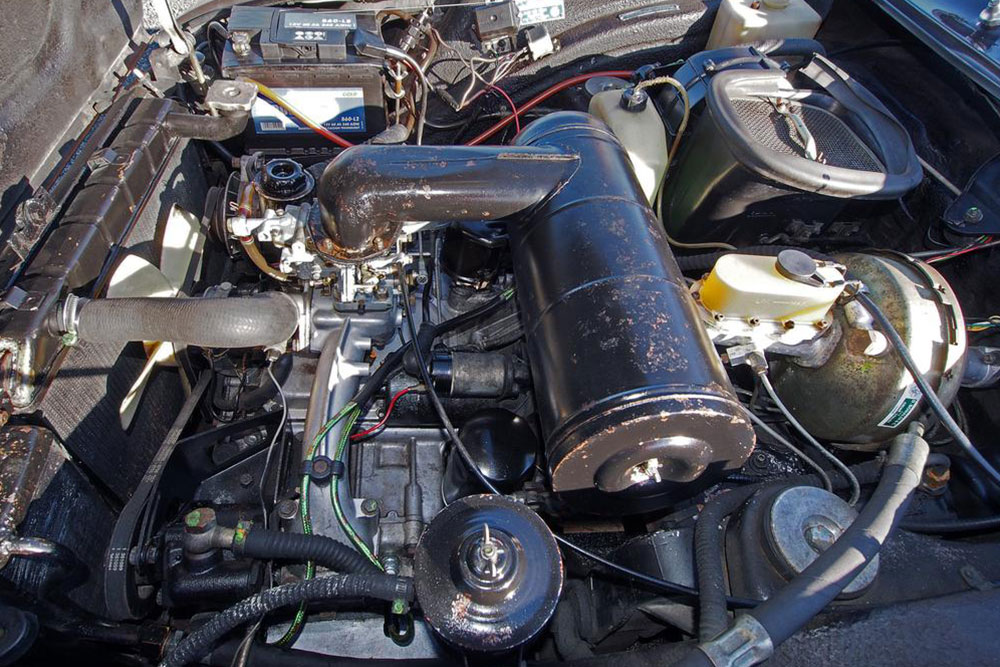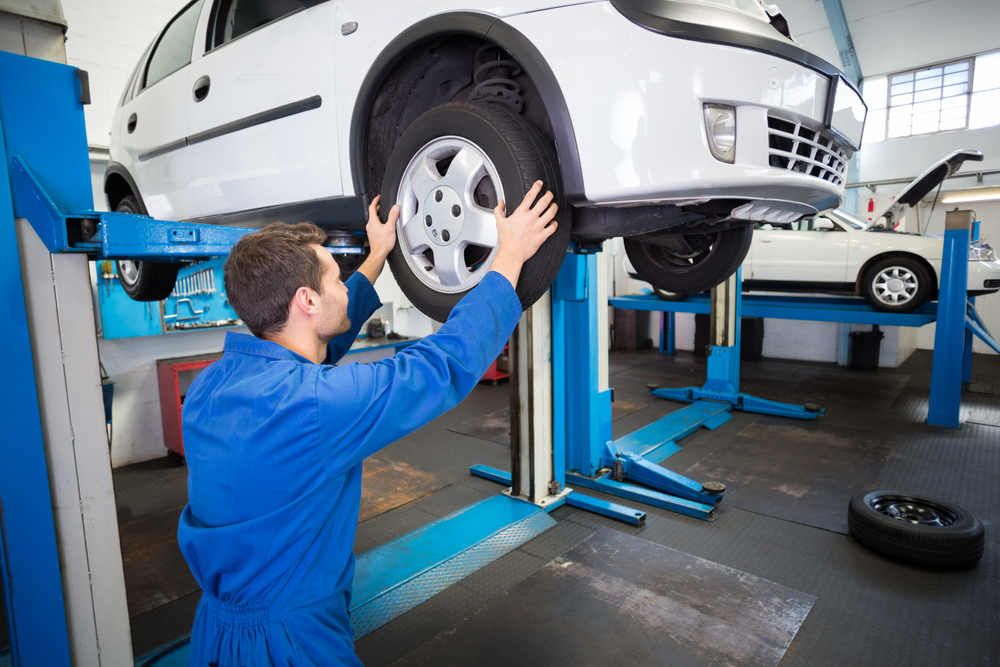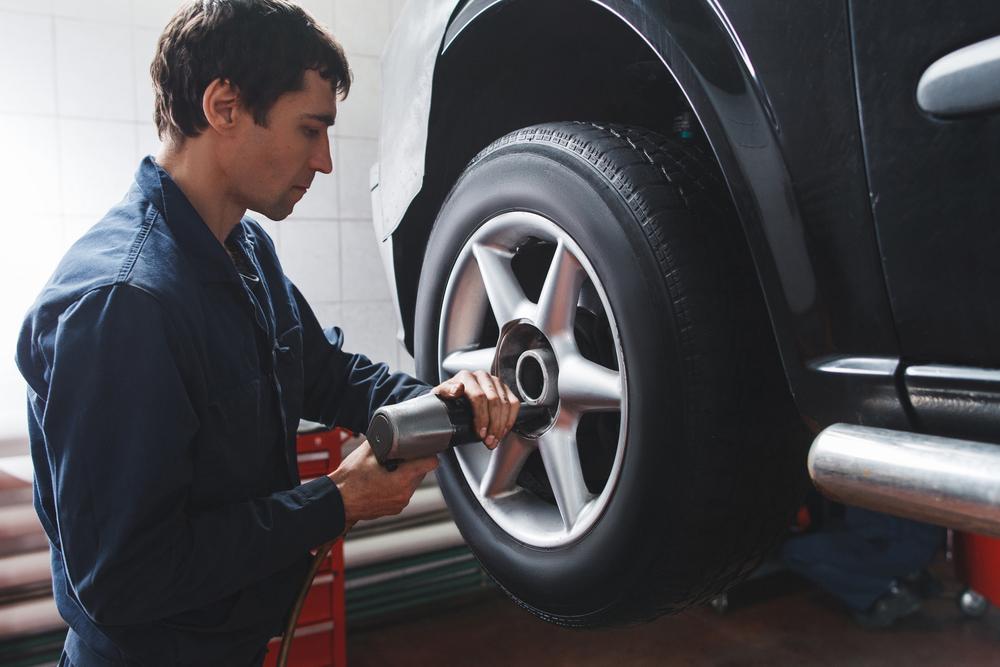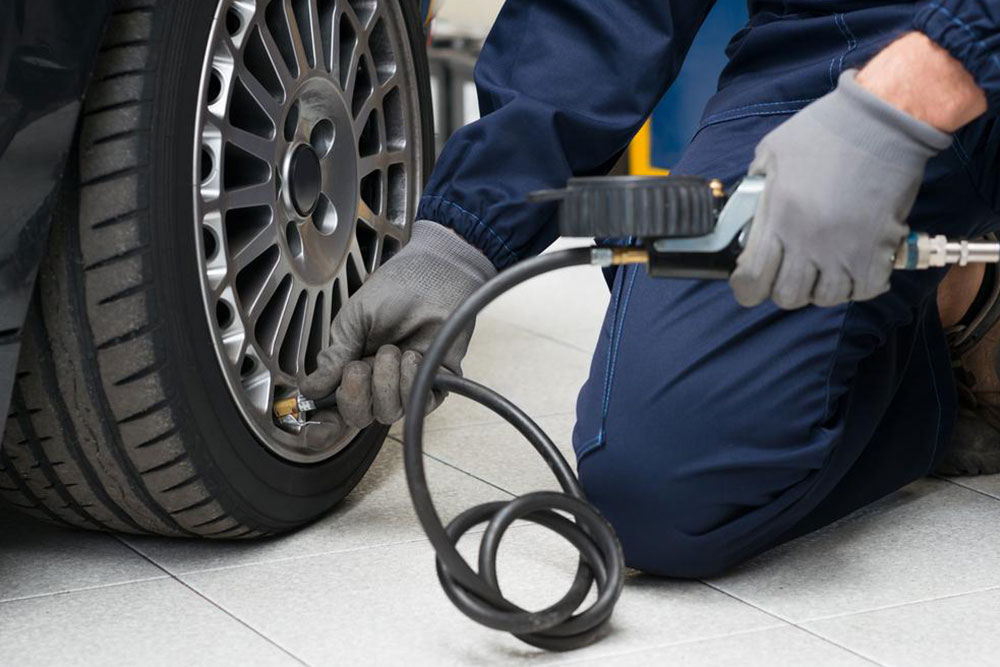Comprehensive Guide to Maintaining Your Vehicle for Longevity and Safety
Maintaining your vehicle is crucial for safety, performance, and longevity. This comprehensive guide provides expert tips on managing engine fluids, tires, interior and exterior care. Following these best practices helps prevent costly repairs and extends your car's lifespan, ensuring a reliable and enjoyable driving experience. Whether you’re a new car owner or an experienced driver, these maintenance strategies are essential for keeping your vehicle in top condition year-round.

Expert Tips for Keeping Your Vehicle in Prime Condition
Owning a vehicle marks a significant milestone in many people's lives, bringing freedom, convenience, and independence. Whether you've just purchased your first car or have been driving for years, maintaining its optimal condition is essential for safety, performance, and longevity. Proper vehicle care not only ensures smooth operation but also helps prevent costly repairs down the line. This comprehensive guide offers detailed insights into essential car maintenance practices, covering everything from fluid management to exterior and interior care, designed to assist both new and experienced vehicle owners in keeping their cars in top shape.
How do you keep engine fluids in check for optimal engine health?
Monitoring and maintaining proper engine fluid levels is fundamental for vehicle efficiency and longevity. Regular checks should be performed according to your car's owner’s manual to ensure all fluids are at optimal levels.
Utilize the dipstick to assess engine oil levels; wipe it clean before reinserting to get an accurate reading. Consistently check oil consistency and color, and change it as recommended, typically every 3,000 to 5,000 miles or during oil change intervals.
Ensure coolant levels are above the minimum line marked on the reservoir, usually located near the radiator. Coolant prevents engine overheating and should be topped up with the appropriate mix of antifreeze and water.
Inspect brake fluid and power steering fluid periodically, topping up or replacing them as needed to maintain responsive braking and steering performance.
How to maintain your tires for safety and efficiency?
Regular visual inspections of tires are vital for early detection of embedded objects, signs of uneven wear, or damage that could compromise safety.
Check tire pressure at least once a month, preferably when the tires are cold, using a reliable pressure gauge. Refer to your vehicle's manual for the recommended PSI (pounds per square inch). Maintaining correct tire pressure improves fuel economy, handling, and tire lifespan.
Rotate tires every 5,000 to 8,000 miles to promote even wear, extending their usability.
If you reside in areas with snowy winters, invest in quality winter tires. All-season tires on all-wheel-drive vehicles may not perform adequately in harsh snow conditions, risking safety.
Tips to keep your vehicle’s interior pristine and comfortable
Use seat covers to protect upholstery from spills, stains, and wear, which also helps maintain resale value.
Install sunshades on all windows to significantly reduce interior heat buildup during hot days, preventing dash cracks and fading.
Whenever possible, park in shaded areas to shield the interior and dashboard from sun damage.
Place rubber mats over carpets to facilitate easier cleaning and to protect against dirt, mud, and spills.
How to preserve and enhance your car’s exterior appearance
Apply a high-quality wax coating every six months to preserve the paint’s luster and form an effective barrier against environmental damage like dirt, bird droppings, and UV rays.
Replace worn or cracked windshield wipers immediately to ensure clear visibility and prevent scratches on the glass.
Make it a habit to replace faulty indicator bulbs promptly to maintain visibility and ensure safe signaling on the road.
Have your vehicle professionally washed at least twice a year, with special attention to the undercarriage where grime and salt tend to accumulate, especially in winter months.
Taking proactive steps in vehicle maintenance can significantly reduce the risk of breakdowns, improve fuel efficiency, and extend the lifespan of your car. Regular inspections, timely repairs, and diligent care of both interior and exterior surfaces help keep your vehicle looking new and performing at its best. Remember, investing in proper maintenance today saves you money and hassle in the future. Keep your car in top condition with these expert tips and enjoy a safe, smooth driving experience every time you hit the road.





